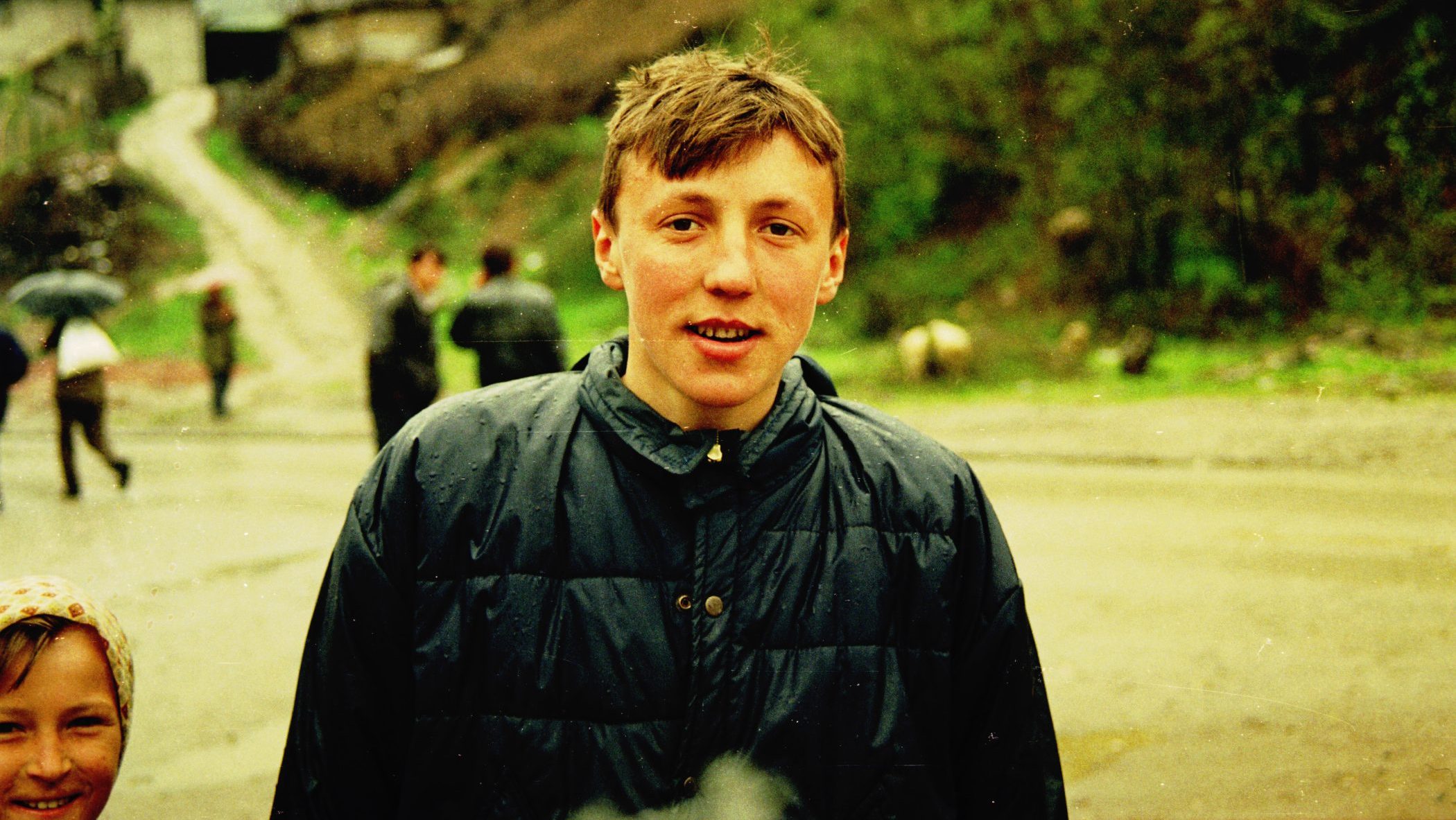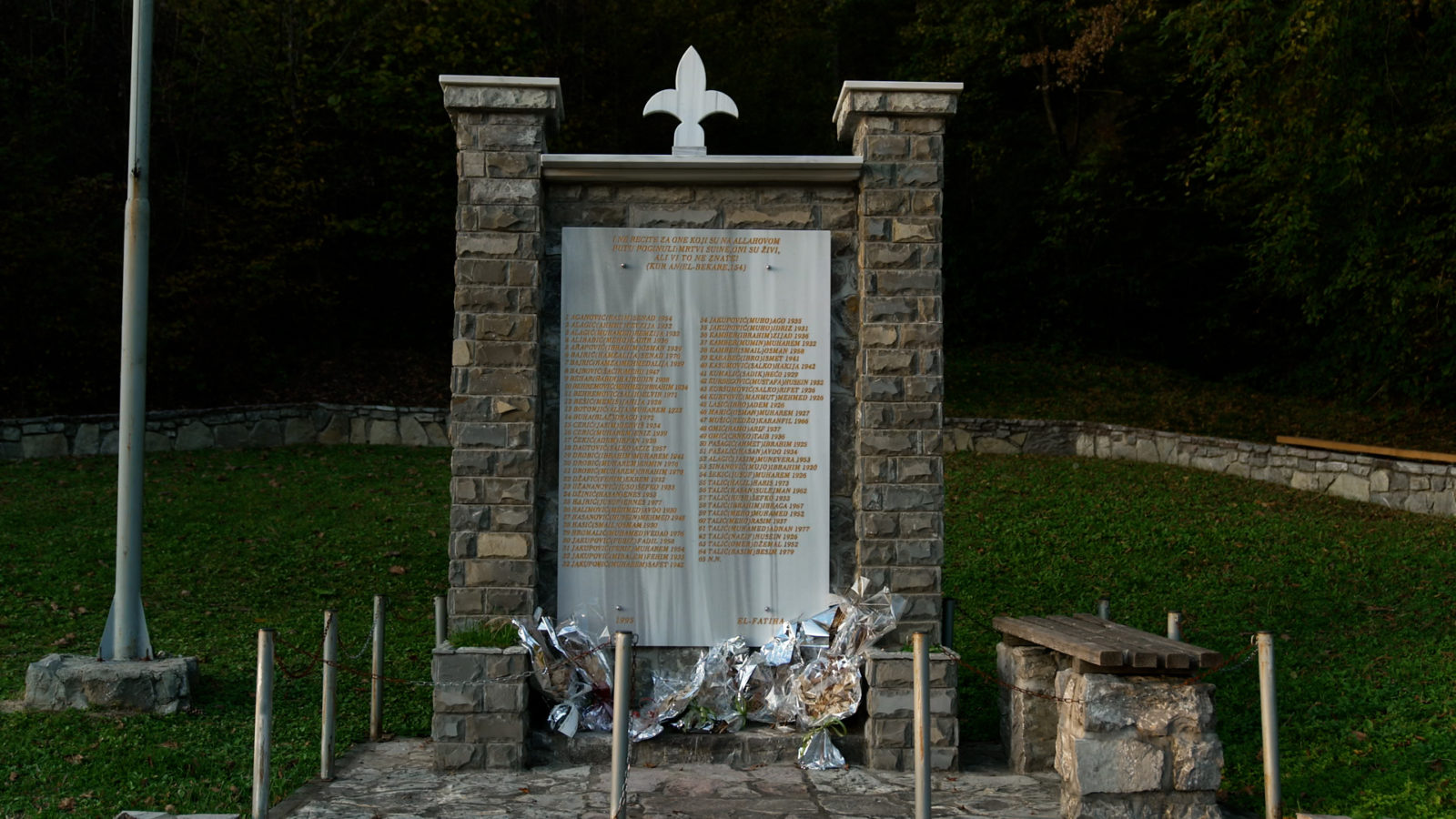Nick Teunissen was so intrigued by a photograph of a young Bosnian who went missing during the Srebrenica genocide, he decided to write a book that would illuminate some of...
Sarajevo-born Dzemil Hodzic uses his personal experience of searching for photographs of his brother, who was killed in the Bosnian war, to help preserve the memories of people who have...
On the eve of the second anniversary of the full scale Russian invasion, Ukrainians are experiencing feelings that citizens of Bosnia and Herzegovina have long been familiar with: the fear...
Some of the remains of people killed in the July 1995 genocide haven’t been unidentified and remain in storage. A new repository is being built at the Srebrenica Memorial Centre...
In April 1993, on one of the most tragic days of the Bosnian war, 116 Bosniaks were murdered in the village of Ahmici and 22 Croats were killed in the...
At the start of the Bosnian war, Albanians’ shops were attacked in the city of Doboj and Fadila Huduti’s husband was seized by Serb forces. When she read that a...
Ahead of the appeal in the Hague court’s trial of former Serbian State Security chiefs Jovica Stanisic and Franko Simatovic, the widow of a man killed by Serb fighters operating...
Since the Netherlands started offering compensation to relatives of certain Srebrenica genocide victims because Dutch peacekeeping troops failed to protect them, millions of euros have been paid out but several...
Since the Uborak and Sutina massacres, the most serious war crimes in the Herzegovina region during the 1990s conflict, the victims’ families have been calling for a dignified memorial, but...









